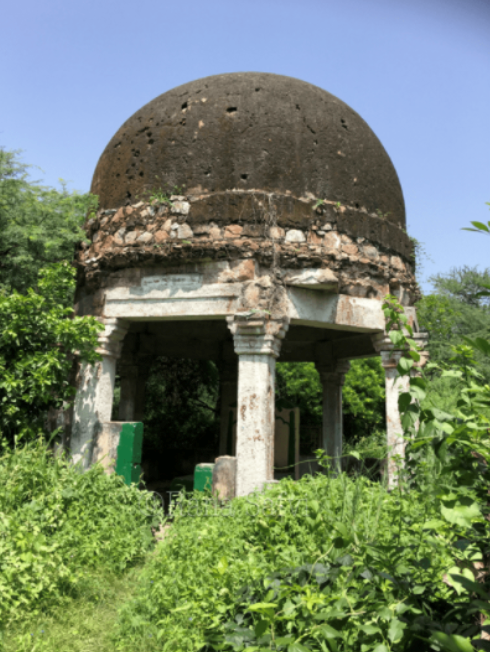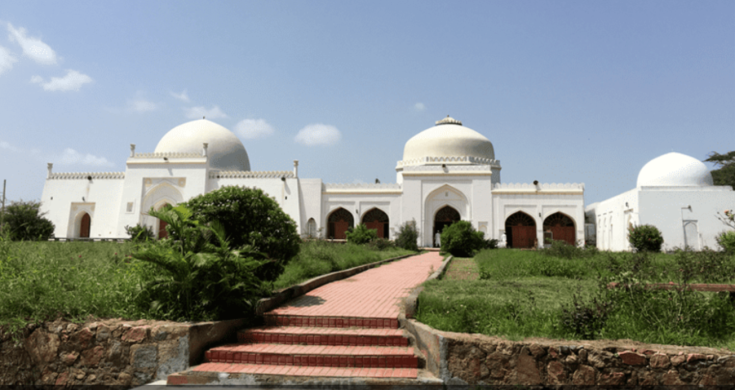
Vasant Vihar has been inhabited in some fashion right from the times of the Lodhi dynasty (15th century) and possibly earlier as well.
We know this because Vasant Vihar is full of monuments dating from that period.
In the time of Sikandar Shah Lodi, this whole area belonged to Mubarak Khan Nohani, a powerful noble in that court. Perhaps since at the time the area abounded in water bodies which cut across the rocky terrain, the place served as a hunting ground for nobility. There is mention on one of the monuments of a River – the Nudra – and of something called the ‘fountains of Bhana’.
The Tughlak dynasty also looked to our area for repose amid greenery. This is proved by the fact that the District Park adjacent to the Basant Lok complex, is actually a 4-stepped Tughlak garden built around two Lodhi tombs and a Lodhi mosque called Bara Lao ka Gumbad.
Just behind Shri Ram School is the Moradabad Pahari, which boasts among other monuments a Grade-A Heritage Baoli which is however seriously deteriorated. Its architectural signature tells us it was built during the Lodhi rule. Its existence proves that the area of Vasant Vihar was populated even at that time. The Pahari got named after Syed Murad Ali Baba Shah, a saint who had settled in the Aravali Forest during the Tughlaq era. The date of his death on a renovated grave is 1331 AD. Around the area, a madarsa and khanqah developed and now have the very serene and well-maintained Shahi Masjid.



Over the centuries, villages came up such as Kasumpur (today’s Kusumpur Pahari), and the village of Basantpur. Basant was a eunuch in the late Mughal court and this area formed part of his holdings. He built a serai (called the serai of Basant) and possibly was the founder of Basantpur. The serai is reported to have been existence in 1929 in Maulvi Zafar Hasan’s book. However, before that time, the village itself was vacated and the land acquired by the Government. It is tempting to think that our colony of Vasant Vihar got its name from the late Mughal Basantpur.
